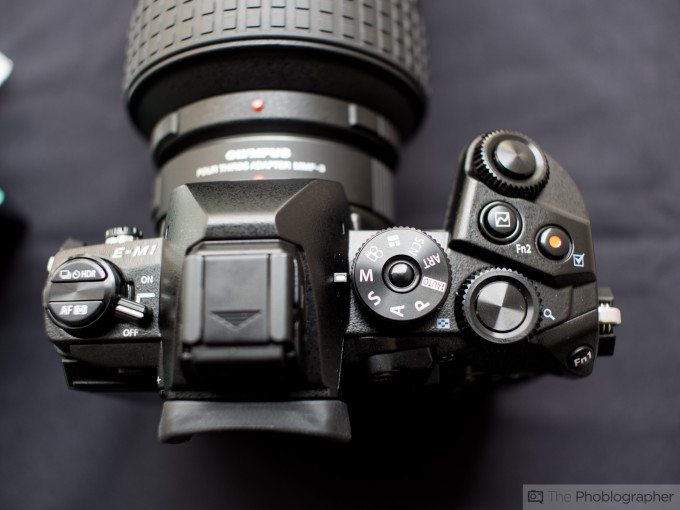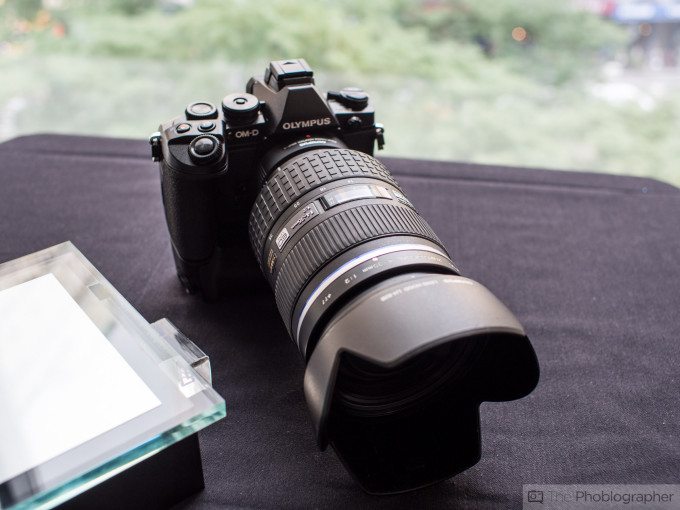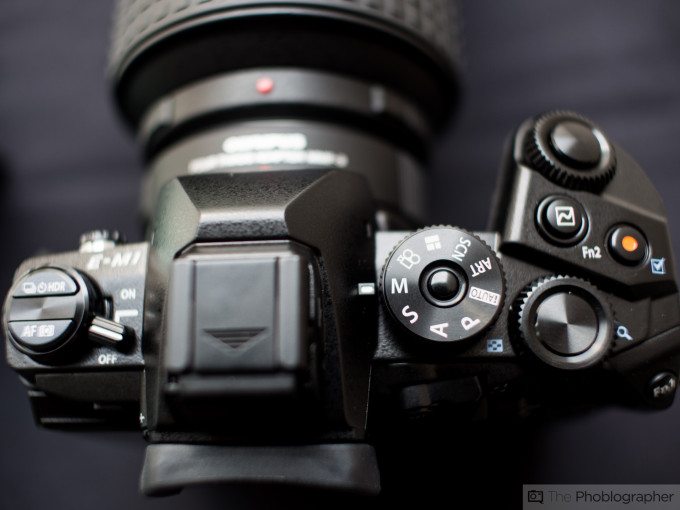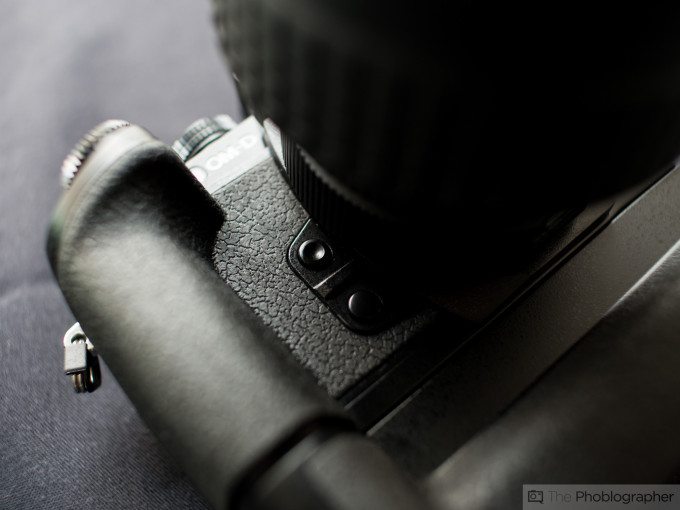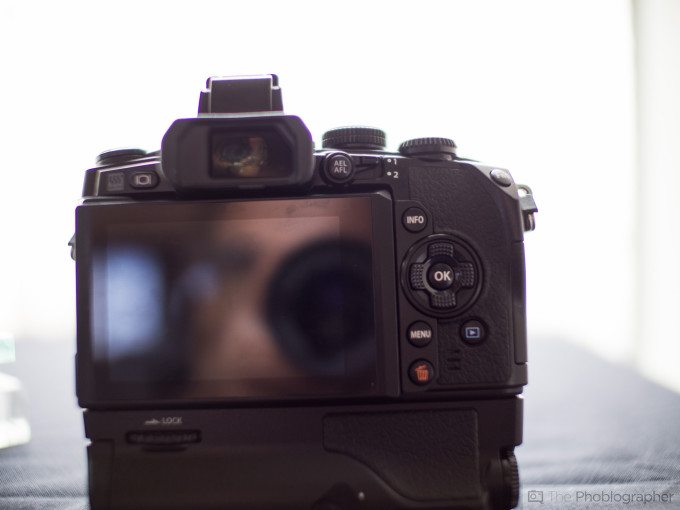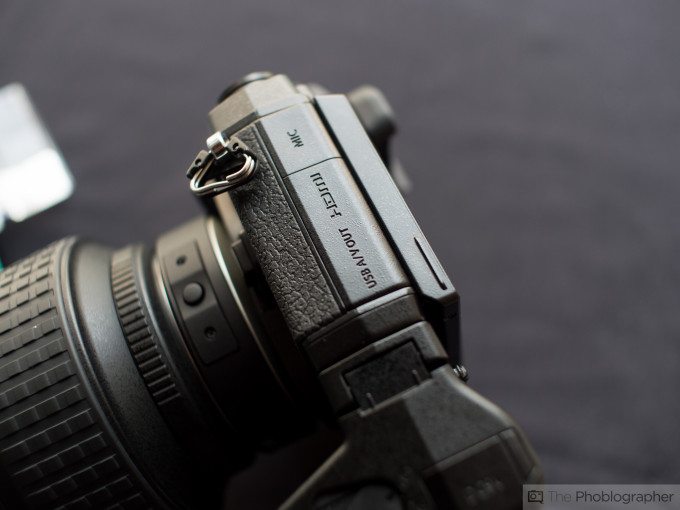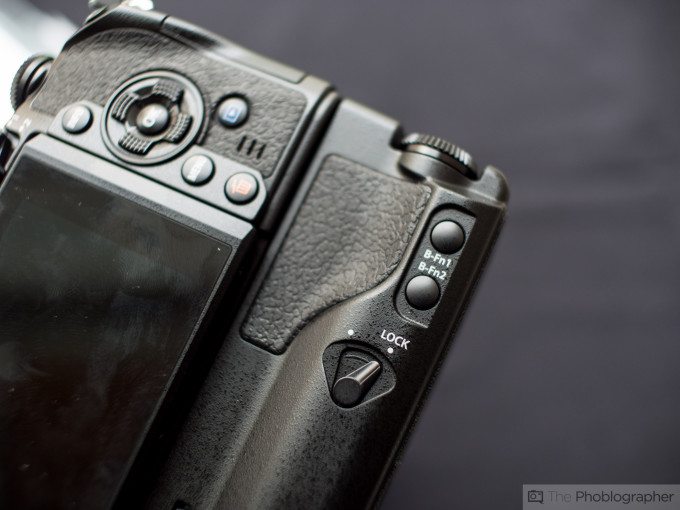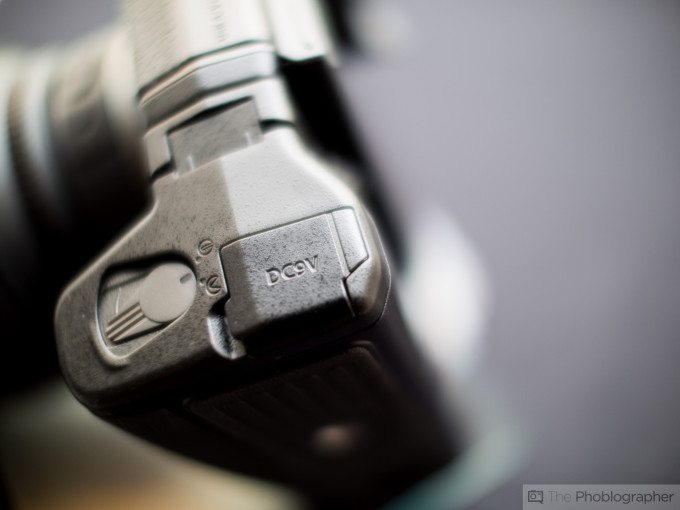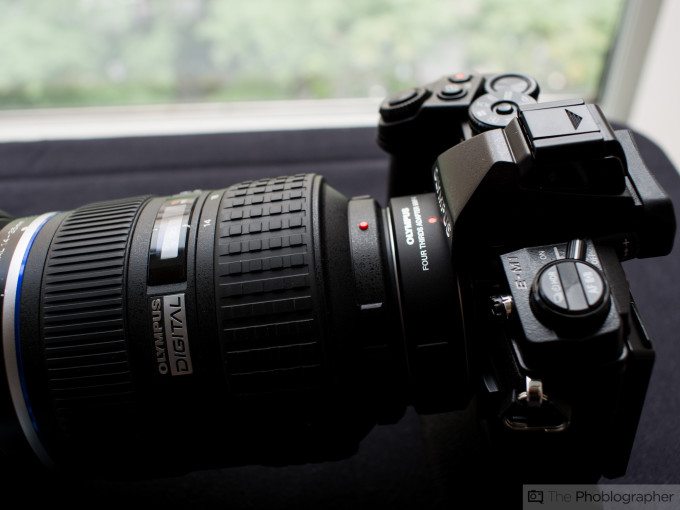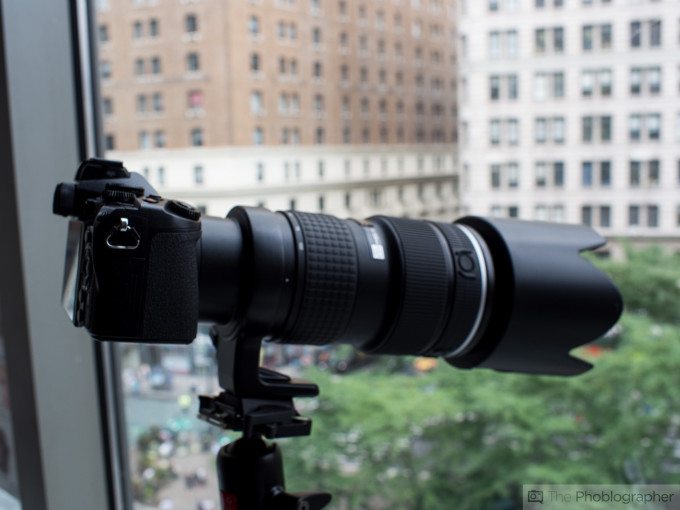Last Updated on 09/10/2013 by Chris Gampat
Yes folks, it’s real. With previous leaks, it was only a matter of time before it really surfaced. And today, it’s official: we can’t call it the OMD anymore. Olympus is today announcing their flagship OMD camera: the EM1. This is the camera that the company is also saying will replaced the E5 DSLR that is years old now.
The Olympus OMD EM1 sports a 16.3MP Four Thirds sensor, TruePic VII processor, ISO ranging up to 25,600, new autofocusing enhancements, 6.5fps or 10fps, 5 axis stabilization, 1/8,000 min shutter speed, 1/320th flash sync speed, the VF4 as a viewfinder with some enhancements, and lots more such as WiFi connectivity built in.
We spent some quality handling time with it a while back. And this is for sure the best OMD yet for many folks–but we’re not quite sure it will warrant an upgrade amongst others and the OMD EM5 was just (and still is) so damned good.
Tech Specs
- Weather-sealed body, freeze-proof down to 14° F (10° C)
- New 16.3 megapixel Live MOS sensor
- TruePic VII image processor
- ISO 200-25,600, with Low ISO setting
- Dual Fast AF combines contrast AF (81-point) with on-sensor phase detection AF (37-point)
- Continuous AF tracking with Group Target AF, Small Target AF, Super Spot AF
- 6.5 fps shooting with 50 frames raw buffer and 10 fps with 36 frames raw buffer
- 5-axis image stabilization with Multi Motion IS for video recording
- 1/8000 sec. min. shutter speed
- 1/320 sec. min. flash sync speed
- 2.36 million dot EVF with 1.48x magnification
- 3″, 1.037m dot rear LCD monitor
- Built-in WiFi connectivity
- Creative shooting modes comprising two different HDR modes
- New Color Creator feature to tweak colors in real time
- 1080/30p HD video recording
- Interval shooting mode up 999 frames in 1 sec. to 24 hr intervals
Ergonomics
First off, no: that isn’t a brand new Micro Four Thirds lens. That is one of the giant Four Thirds lenses that came before the Micro Four thirds system. The EM1 is also seen here with a grip attached to it. In many ways, the camera is still like the original OMD EM5 but in other ways it is a step up and more like the E5 DSLR of the past.
As far as controls on the camera go, the top is a bit of a huge overall. Once again for some odd reason, Olympus chose to put an automatic mode on a higher end camera–which is evident in the mode dial. The mode dial was given an upgrade in the middle button which can be depressed to lock the mode or released to allow free flowing turning. The exposure dials are on the top front and top back: and feel much more DSLR-like. Between that are the video record and function 2 button.
The top left of the camera also has a couple of other additions: such as the new placement of the on/off switch, an HDR/drive button, and an AF button as well. Nikonians will feel right at home with this camera.
In front of this is the addition of a PC sync port for studio lights. And in between all of this is the hot shoe.
The camera’s front also features two new buttons which offer different functions. Once again, this is something that Nikon has done before and that Olympus seems to have taken inspiration from.
The back of the OMD EM1 is almost devoid of controls compared to the smorgasbord on the top of the camera. Here you’ll find a viewfinder/LCD option button, AFL/AEL lock button, switch for changing settings that have been programmed in before, info button, direction pad, menu, playback button, and a trash button.
And of course the LCD screen tilts.
The left of the camera has most of the ports that you’ll need. Olympus even put in a microphone port for using most other microphones for video use. Previously, you had to use the proprietary Olympus microphone.
On the other side of the camera you’ll find the grip, SD card port, and controls for the vertical grip in case you are always attached to that thing. Personally, I preferred the feel of the camera without the vertical grip.
While we’re on the subject, The EM1’s new hand grip will really appeal to many users who first complained about the grip with the EM5. I personally had no qualms and loved it.
The vertical grip also has buttons that can be customized and used depending on what your personal preferences are. Plus there is a nice ergonomic groove to make hand holding for a while much more comfortable for the user.
The grip also has a nice addition in the form of a DC power port. When plugged in, one can shoot a timelapse for a super long time without having to recharge the batteries.
Build Quality
We don’t think anyone would purchase this camera unless the build quality was robust. In our hands, this felt like the most solid feeling mirrorless camera that we’ve ever held. When Olympus’s Super High Grade Four Thirds lenses were attached, it felt like even more of a beast.
However, we will have to give it a really rough test. We buried the E5 under snow for five minutes and it survived.
Autofocus
We tested the EM5 with both Micro Four Thirds lenses and Four Thirds lenses. We don’t really know all the technicalities of the autofocus, but somehow or another the Four Thirds lenses focus super quick–faster than they did on the E5. Micro Four Thirds lenses also focus quite fast. Part of this is due to Phase Detection AF in the camera.
Micro Four Thirds lenses will be able to use a larger area of focusing than Four Thirds lenses will be able to. For the most part, the Four Thirds lens focusing area is all in the center–just like a full frame DSLR.
In our uses with Four Thirds lenses, focusing in low light wasn’t so stellar–but we were shooting fireworks.
Ease of Use
We literally spent less than 20 minutes with the camera. So while we got to experiment with it, we’re positive that even experienced Olympus users will need to spend lots of time with the camera to learn everything. Additionally, they’ll need to configure it to their liking.
Image Quality
We’ve only spent a couple of hours with the camera so far, so we haven’t had a lot of time to examine the image quality yet. But you can right below.
What we find interesting is that ISO 6400 is still in the extended area–as it was with the OMD EM5.
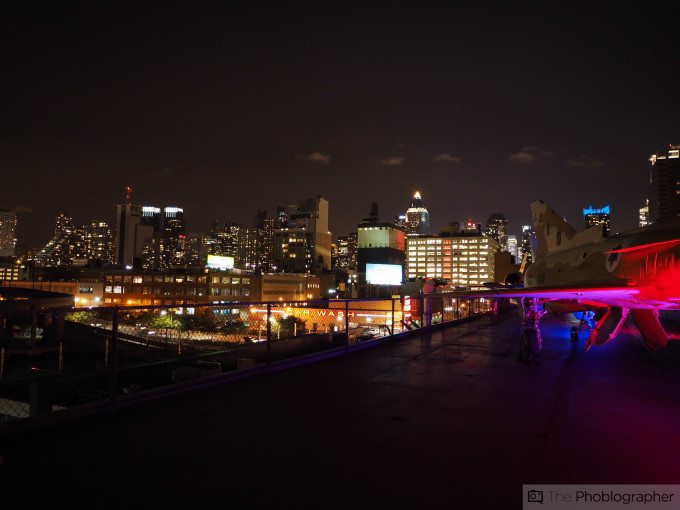
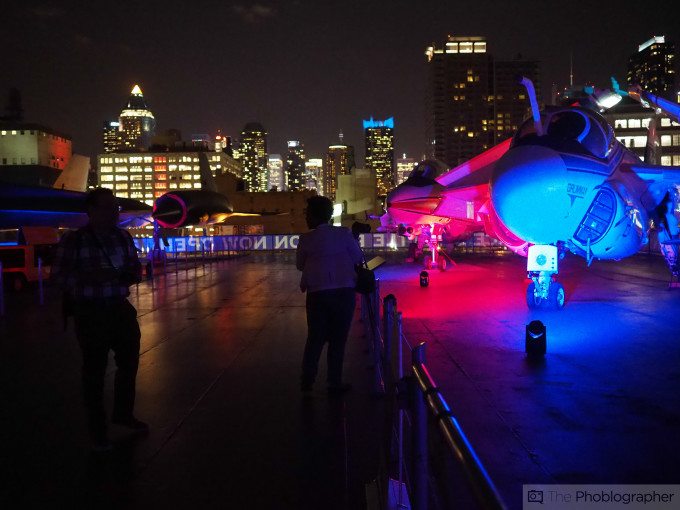


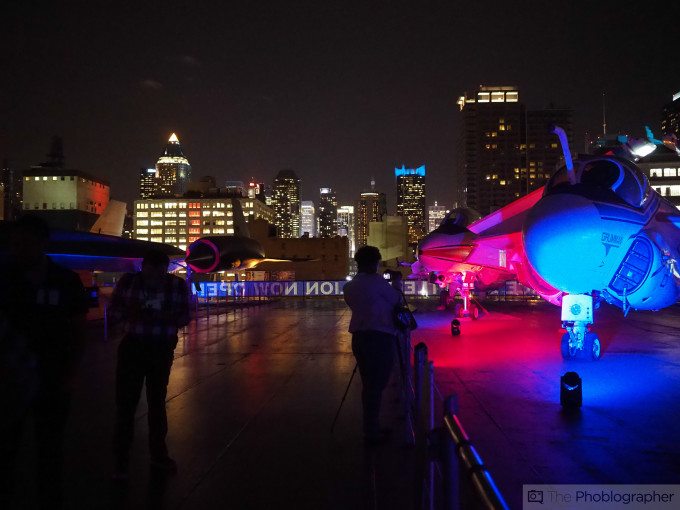
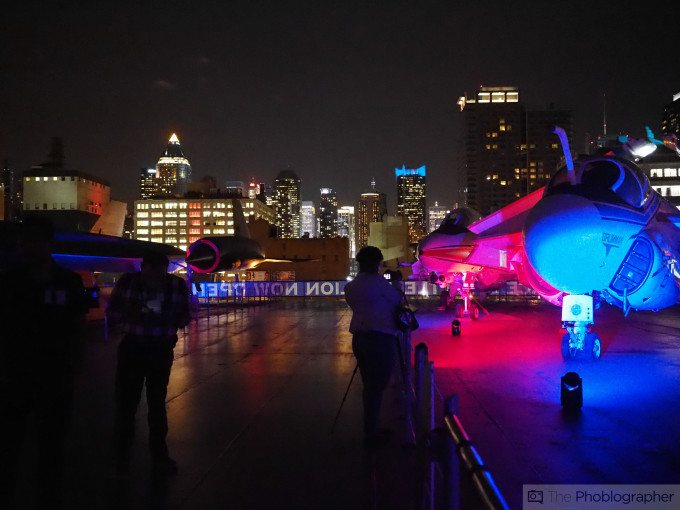
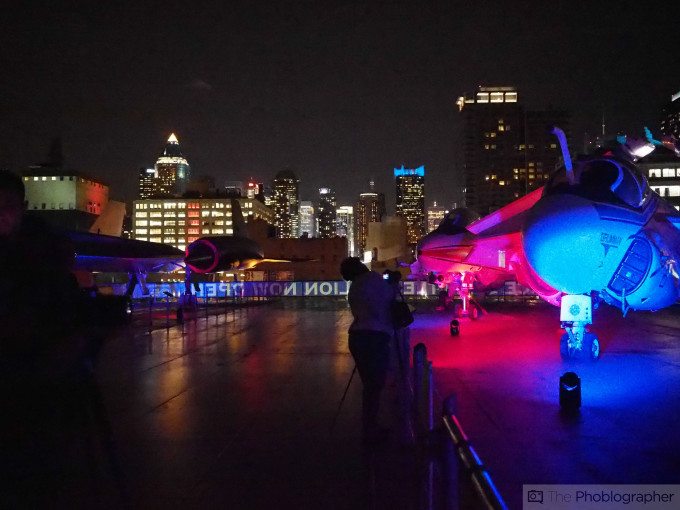
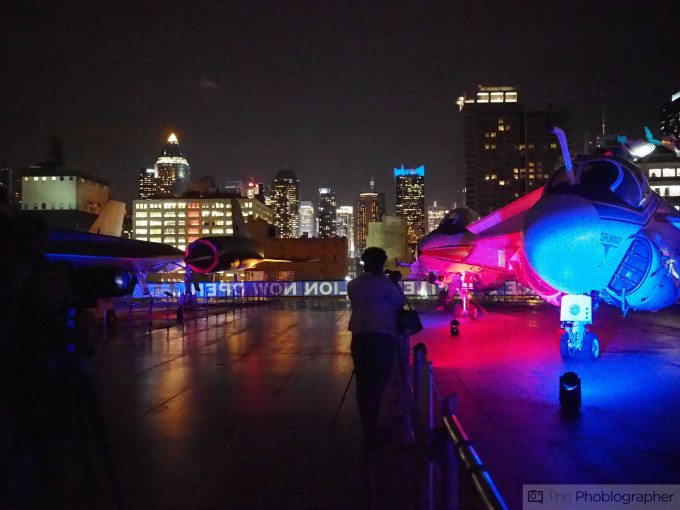




First Impressions
We left our meeting with Olympus quite impressed with the EM1 and all the technology that goes into it. Olympus surely is making quite the stride to show the world that they’re not going to just sit back and watch Canon and Nikon take the world over by finding a way to fully embrace their Four Thirds system lenses.
The Olympus E-M1 will be available October 2013 for an MSRP of US-$ 1,399.99 for the body only. The kit version with the 12-40mm f2.8 lens will sell for US-$ 2,199.99–which we need to say will be a bit too hard to swallow for most folks. However, we can’t totally say that until we’ve reviewed a unit.
Please Support The Phoblographer
We love to bring you guys the latest and greatest news and gear related stuff. However, we can’t keep doing that unless we have your continued support. If you would like to purchase any of the items mentioned, please do so by clicking our links first and then purchasing the items as we then get a small portion of the sale to help run the website.


